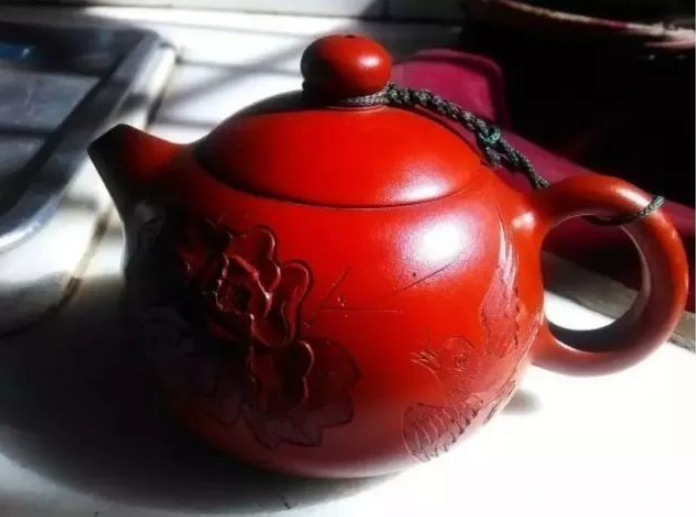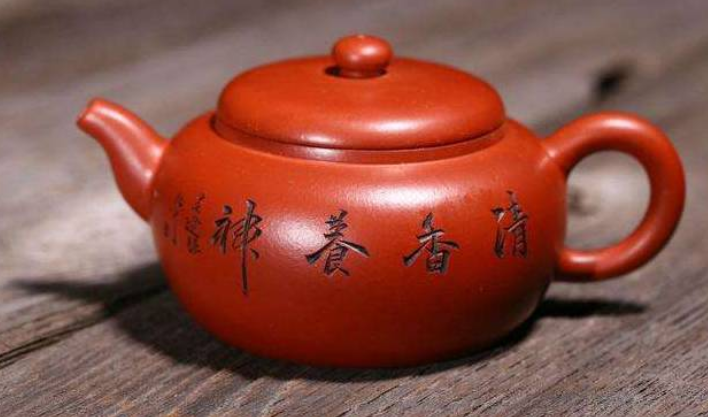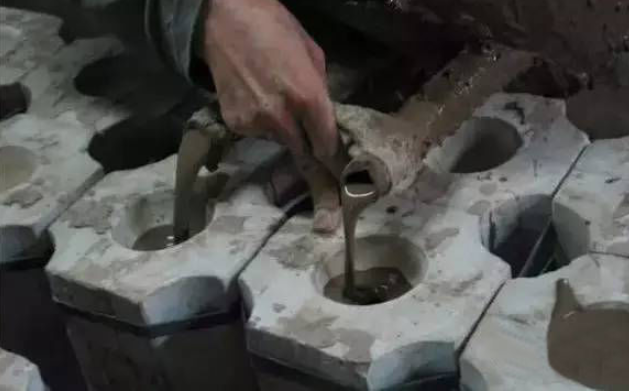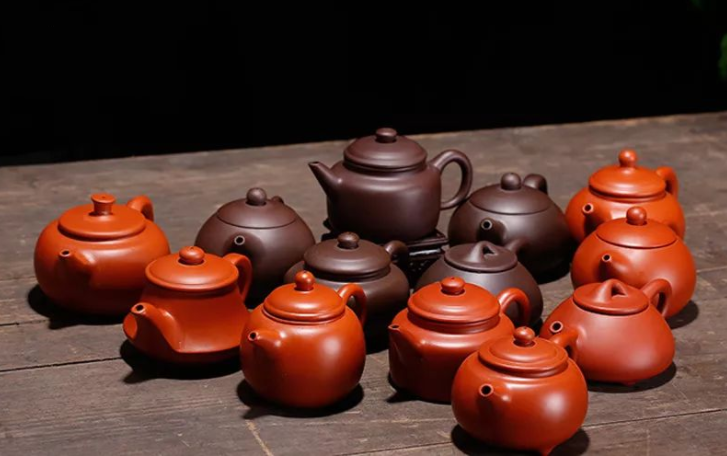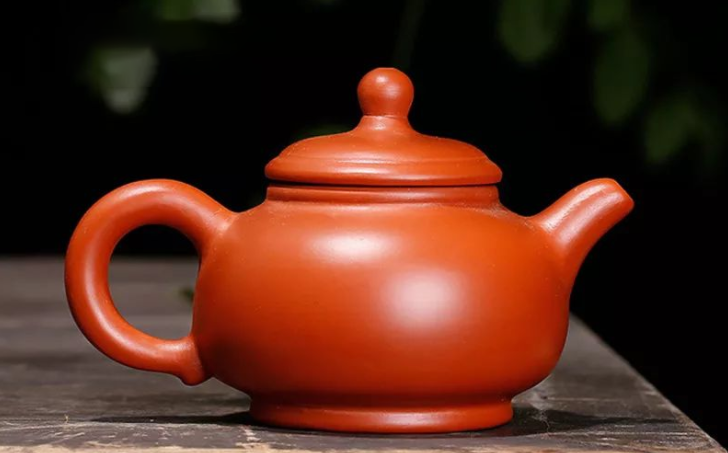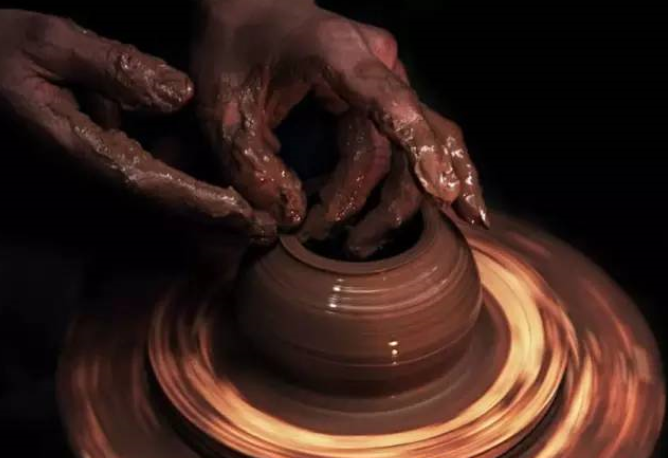Friends often wonder why there is such a big difference in the price of purple clay teapots. So today we will reveal the inside story of purple clay teapots, why some are so expensive while others are unbelievably cheap. The cheap purple clay teapots are mainly the following:
1. Chemical kettle
Chemical clay teapot is a type of teapot made from purple clay mixed with chemical raw materials and non mineral purple clay. The production process involves artificially adding industrial chemical raw materials to the clay. Common chemical additives include cobalt oxide, titanium dioxide, iron red powder, chromium oxide green, barium carbonate, etc., which are used to adjust the color and texture of the pot.
Although adding chemical substances such as oxides to purple clay is a color adjustment method used in the traditional production process of purple clay pots, chemical pots usually refer to those pots that have added a large amount of chemical substances, or even mixed with ordinary clay and chemical pigments, without containing purple clay components.
In addition to different raw materials, chemical pots are usually mass-produced through molds, and the resulting pots are neat and uniform, lacking the uniqueness and natural beauty that purple clay pots should have in terms of shape.
2. Grouting pot
A grouting pot is made by grinding the mud very finely, adding glass water, kaolin, and chemical pigments, mixing it into a fine mud according to a certain ratio, and then injecting it into a mold. After the water dries, the mold is released, and it is a complete purple clay pot. When fired, it looks like purple clay, but it is already close to porcelain, losing the breathability of a purple clay pot. No matter how long it is used, it will not be coated with mud.
3. Hand pulled teapot
The so-called hand drawn embryo does not belong to the purple clay molding process, but is actually operated mechanically. A motor is set up below, and a disc is placed on top. The mud material is placed on the disc, and the switch is turned on. The motor rotates and uses inertial centrifugal force to pull out a pot shape by hand. After pulling it out, it is cut off and left to air dry. It is then equipped with a spout and handle (both made of grout) to form a Yixing clay teapot. After air drying and spraying, the hand drawn embryo pot can be fired. This is mass production, without aesthetics, let alone anything else.
4. OEM teapot
Using over a hundred yuan per ton of clay for color mixing to make clay is low-cost, and the clay is average. After packaging, it can be sold for more than ten times or even dozens of times the price. A real purple clay teapot, in terms of purple clay material, cannot be bought for the price of ordinary clay material for just a few tens of yuan,
It takes a teapot maker with several years of experience to make it, including labor costs, pot burning costs, whole pot costs, packaging costs, etc. In addition, the finished product rate of pot firing is 80%. With this, I believe everyone will have a clear idea of how much it costs to make a pure clay teapot
How to distinguish a real purple clay teapot
1. There are stars with melting points, and the sand color is not uniform
A real purple clay teapot will have a natural melting point and starlight, and the sand color is not uniform
2. Strong breathability and water absorption
The tea suitability of purple clay teapots mainly comes from the breathability of the double pore structure. Therefore, a real purple clay teapot must have breathability and water absorption, and generally the stronger the better. Pour some hot water into the purple clay teapot to warm it up, and pour boiling water outside. If you can see water hanging on the surface of the teapot and absorbing it, it indicates that it has the properties of a purple clay teapot and is a genuine purple clay material. Otherwise, it is a fake.
3. It can cultivate smooth patina
A real purple clay teapot can definitely develop patina, and the better the material, the faster the patina will be! During use, the oil content in tea leaves is absorbed by the purple clay teapot, gradually darkening in color and forming a jade like coating on the surface of the teapot, making it irresistible.
If a purple clay pot has been used for several months without any changes in its surface, color, or moisture, it can be concluded that it is a counterfeit. (Generally, purple clay is coated for about 3 months, red clay for about 6 months, and segmental clay for about a year)
Post time: Apr-17-2025






